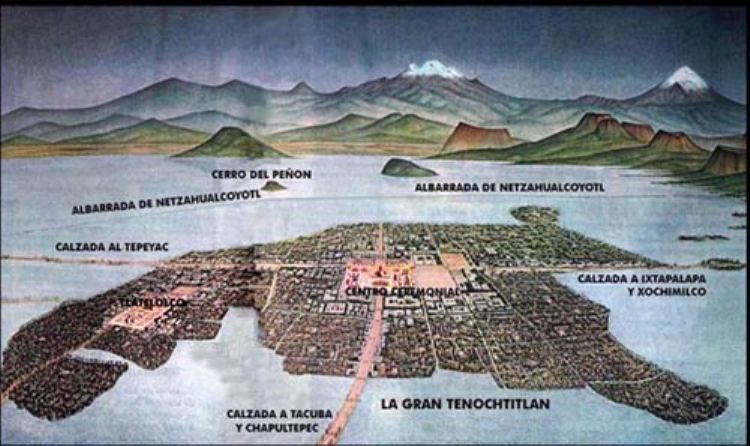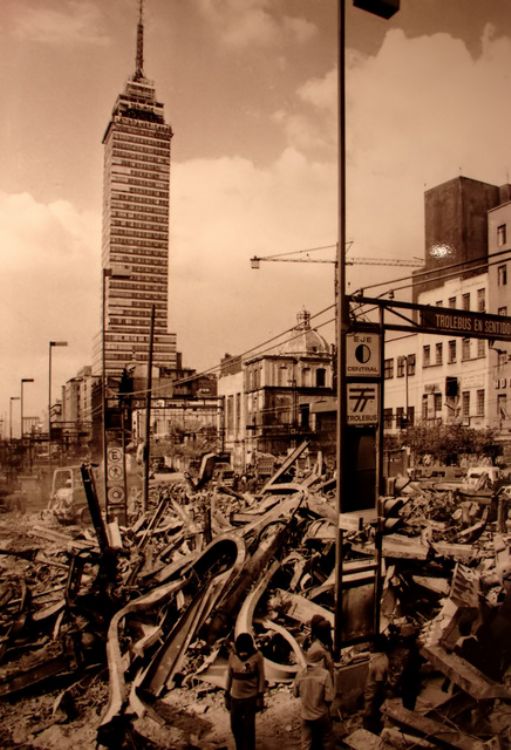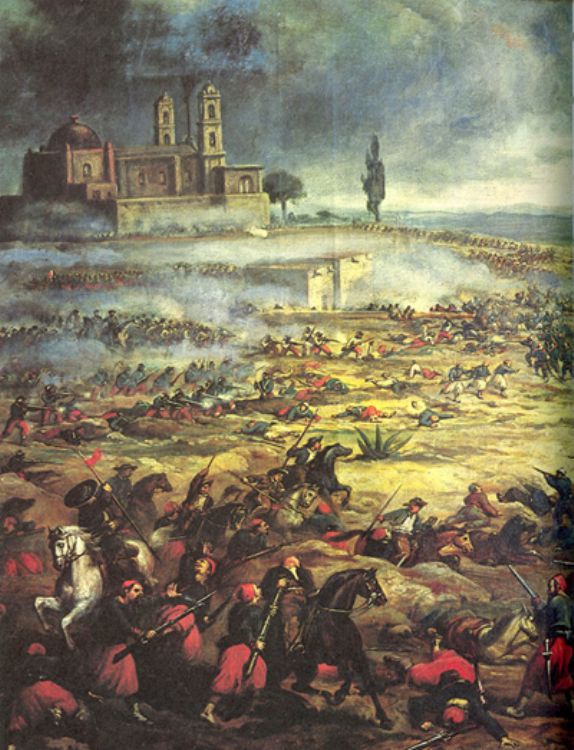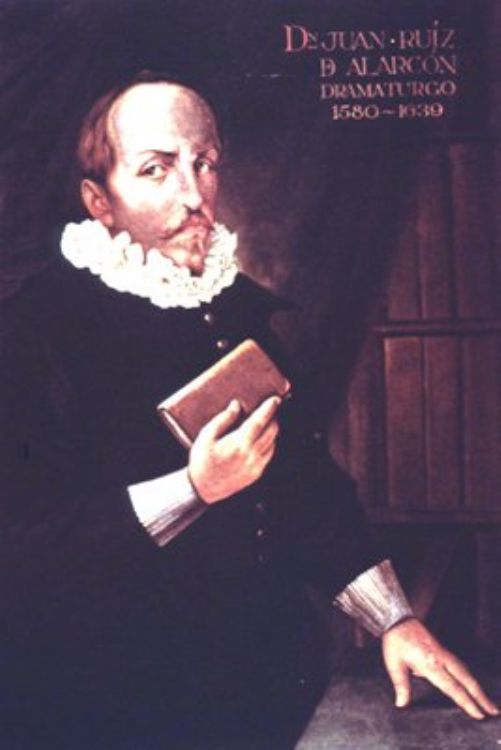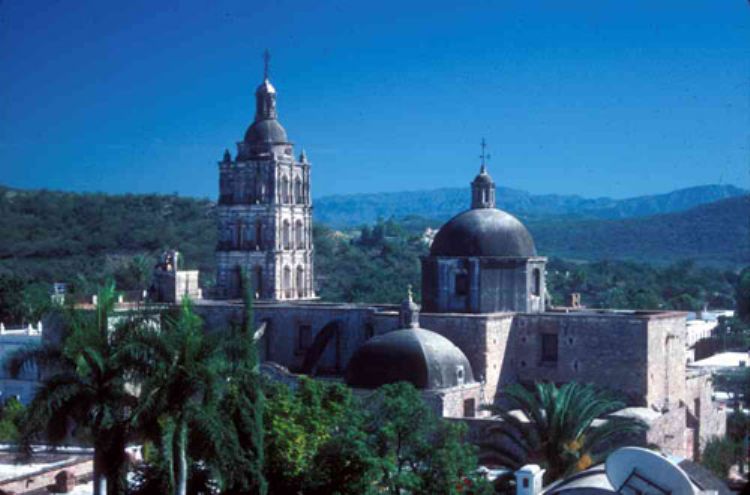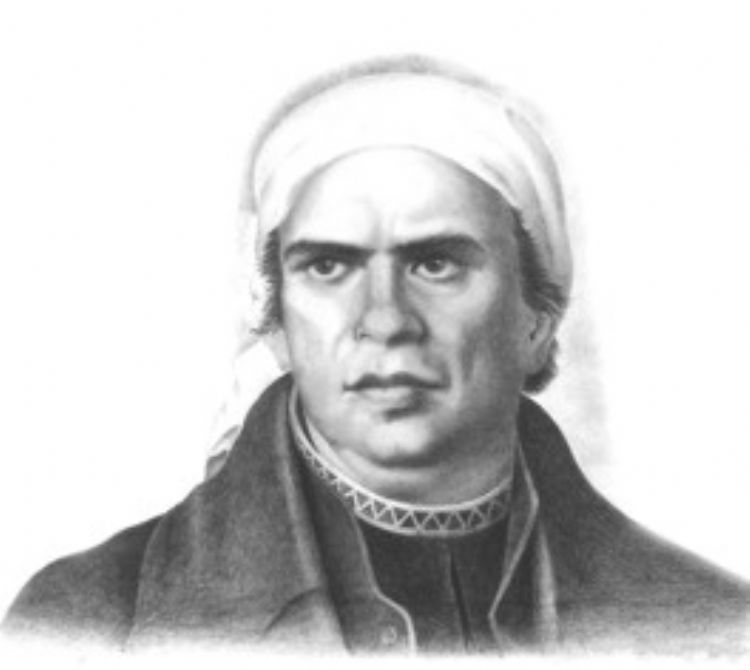Vicente Rojo Almazán, Great Artist

This great artist, Catalan by origin and Mexican by adoption, was born in 1932 in Barcelona, Spain; where he studied drawing, ceramics and sculpting at the Elemental School of Work.
In 1949, he arrived at Mexico by his fatherâs request, who had been living here for 10 years as a political refuge since the end of the Spanish Civil War, because an uncle of Vicenteâs was the chief of the Second Spanish Republic troops, who had opposed the coup dâétat of General Franco. He soon became involved with the great artists who were at their greatest moments in Mexico.
Vicente Rojo explains his passionate desire to contribute with Mexico since he arrived in 1949. âWhen I arrived at Mexico, I was greatly astounded by its light, its sun and its air of freedom, I was only 17 years old when I arrived and was carrying with me all the darkness and cruelty of a civil war, so from the first time I laid foot on Mexico, it made me fall in love and continues to do so until today.â
This great artist has contributed to Mexican culture as painter, sculptor, graphic designer and cultural promoter. In 1960, he cofounded Editorial Era, of which he is still member of the editorial council and art director.
He was a strong influence while collaborating with the editing department of the National Institute of Visual Arts, the Universidad de Mexico Magazine and La Cultura en México supplement of Siempre Magazine.
Among many other recognitions, in 1991 he was granted the National Arts Award and the Mexico Award of Design for having participated in the graphic design of important cultural publications such as Bellas Artes Magazine, the University Magazine, Mexico in Art and La Jornada newspaper.
Member of the Rupture Generation, that broke free from the tradition of the great muralists (Siqueiros, Orozco and Rivera), he was a very important figure for the development of art in the country, participating in Mexicoâs intellectual circles as one of the most important creator of abstractionism. His work, together with José Luis Cuevas, Francisco Toledo and Alberto Gironella, based the renovation of modern Mexican art.
His famous book âDiseño Gráficoâ is a collection of his work through more than forty years of constant creation. By being a leader of the graphic evolution of Mexico, his book presents not only his own career, but also the development of cultural imagery in the whole country. This collection of his greatest work spans over magazines, cultural supplements, covers, logos and books; skillfully showing the versatility of Rojoâs talent for creating communication codes.
The presence of Vicente Rojo in Mexican culture is perfectly explained in the words of writer Carlos Monsiváis: âToday, in the varied landscape of graphic design, editing industry and cultural promotion, Vicente Rojo occupies a special place. He is the precursor, continuation and renovator. The essential taste, touch and rigor in the application of style are personal characteristics that he has transformed into contributions to our cultural developmentâ.
Since 1965, Rojoâs paintings have been built as a series. The painter starts each series with a structure open to the unpredictable. The artists states that he starts working in front of fifteen canvas simultaneously, what he calls a work in rotation. He displays architectural forms such as columns, pyramids and monuments in secret, urban and seaside scenarios. The static and defined forms are frequently associated to number four in cubes and grids, contrasting with the curves of columns, cylinders and spheres.
His work has been shown in collective exhibits at the University Museum of Science and Art (Mexico, 1973), at the University of Texas (Austin, 1978), at the Modern Art Museum (Mexico 1981 and 1996), at the National Library (Madrid, 1985), at the Carrillo Gil Art Museum (Mexico 1990), at the Klingspor Museum (Frankfurt, 1992), at the Casa de la Moneda Museum (Madrid, 1996), at the Queen Sofia National Museum (Madrid, 1997), at the Tecla Hall (Barcelona, 1997), at the Bellas Artes Circule (Madrid, 1997) an the José Luis Cuevas Museum (Mexico, 1998, 2001), among others.
He has been granted the National Science and Art Award, the Mexico Design Award and the Medal to Merit of Bellas Artes (España). In 1992, the International Association of Icography granted him the Excellency Award for Graphic Design and in 1993, he was designated Emeritus Creator by the National Art Creators System. In 1998, UNAM recognized him with an Honoris Causa Doctorate.
Artículo Producido por el Equipo Editorial Explorando México
Copyright Explorando México. Todos los derechos Reservados.
Foto: ColegioNacional.org.mx

